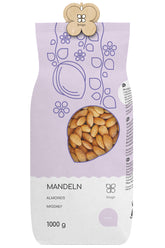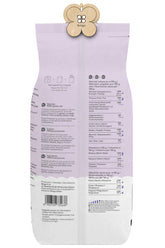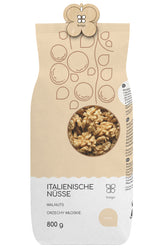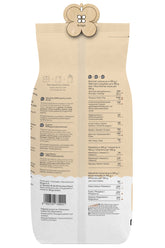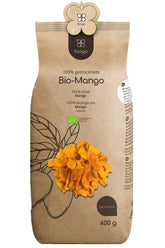Medicinal properties and uses of vanilla
To acquire its famous aromatic properties, vanilla must undergo a six-month process. Although the vanilla berries are harvested fully ripe, they are odorless. It is only during the six-month process—alternating fermentation and drying of the pods—that they acquire a strong, sweet aroma. The sweet and spicy flavor is all the stronger the more whitish vanillin appears on the scales.
What is the origin of vanilla ?
Vanilla began "conquering" the world's cuisines from South and Central America. It grew and still grows in tropical forests. Today, it is cultivated almost worldwide, and the most prized Bourbon vanilla comes from Madagascar.
Today it is an extremely valuable spice, and for this reason you often find packages containing only two or three vanilla pods.
There are also other forms of natural vanilla on the market. These include:
- vanilla powder,
- oil or extract,
- vanilla sugar
The health benefits of vanilla
Vanilla contains natural essential oils. These are the reason why vanilla is often used as a health-promoting or prophylactic remedy. It is used internally as an additive to food or beverages; and externally, as a massage oil or in the form of aromatic oils. Vanilla tincture has also been used to treat fever or rheumatic pain.
The most commonly cited health benefits of vanilla include:
- acts on the heart muscle - regulates the heart rate,
- has a stimulating effect - helps tired, exhausted, apathetic people,
- has calming properties - soothes and induces sleep (you can sprinkle vanilla oil on the bed linen),
- has a relaxing effect on smooth muscles, e.g. of the digestive tract,
- regulates the secretion of digestive enzymes,
- relieves pain symptoms in rheumatoid and degenerative changes
Vanilla – 5 interesting facts
Due to its exceptional value, which has been appreciated for centuries, vanilla is associated with many interesting facts:
- Vanilla flowers were so valuable in pre-Columbian times that they were used to pay taxes.
- Vanilla was brought to Europe by the Spanish conquistadors in the 17th century.
- Vanilla flowers are pollinated by some species of bees and hummingbirds. For this reason, flowers are most commonly pollinated by hand.
- Vanilla flowers only open for a few hours during the day. During this time, they must be pollinated or they will fall off.
- Of over 100 varieties of vanilla, only vanilla bean was used in the food industry
Vanilla is a wonderful plant that, thanks to its beautiful aroma, successfully complements both home pantries and high-class restaurants around the world. It's excellent in recipes for various desserts—cakes, puddings, mousses, creams, or ice cream. It also pairs perfectly with sauces for fish, shellfish, and even veal.
THE PUBLISHER'S CHOICE
Almonds 1 kg BIOGO
- £11.00
£13.00- £11.00
- Unit price
- / per
Walnuts 800 g BIOGO
- £8.00
£10.00- £8.00
- Unit price
- / per
Dried organic mango 400 g BIOGO
- £10.00
- £10.00
- Unit price
- / per
Dried White Mulberries 500 g ORGANIC
- £6.00
£7.00- £6.00
- Unit price
- / per
Dried organic figs 800 g BIOGO
- £27.00
- £27.00
- Unit price
- / per
Unpeeled buckwheat groats 1 kg BIOGO
- £3.00
£3.00- £3.00
- Unit price
- / per
Organic coconut flakes 500 g BIOGO
- £9.00
- £9.00
- Unit price
- / per
Organic oat flakes 600 g BIOGO
- £4.00
- £4.00
- Unit price
- / per
Organic cashew nuts 1 kg BIOGO
- £18.00
- £18.00
- Unit price
- / per
Milk thistle seeds 1 kg BIOGO
- £4.00
- £4.00
- Unit price
- / per





















































































































